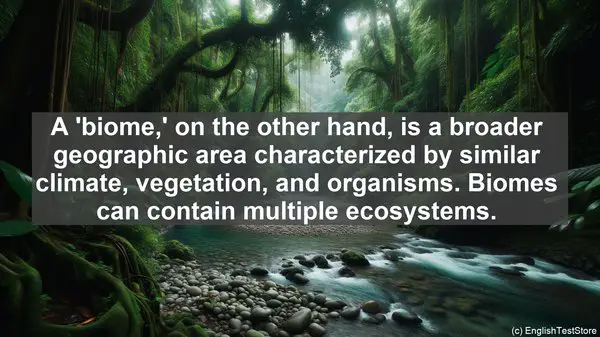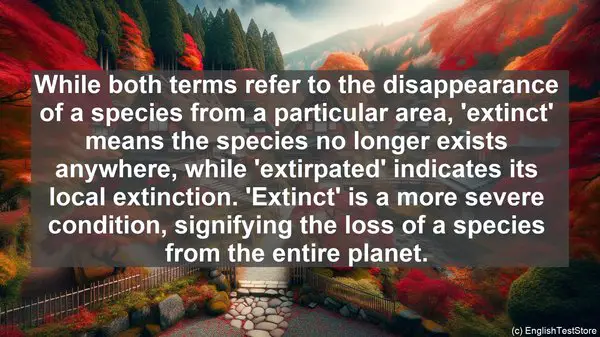Introduction
Today, we’re going to delve into the fascinating world of conservation psychology. But before we begin, it’s essential to clarify some commonly confused words in this field. Understanding these distinctions will not only improve your comprehension but also enhance your ability to communicate your ideas effectively. So, let’s get started!

1. Conservation vs. Preservation
Often used interchangeably, ‘conservation’ and ‘preservation’ have distinct meanings. Conservation focuses on sustainable use, management, and restoration of natural resources, while preservation aims to protect and maintain them in their pristine state. So, while both are crucial, they have different approaches.

2. Biodiversity vs. Species Richness
While related, ‘biodiversity’ encompasses the variety of life at all levels, including genes, species, and ecosystems. On the other hand, ‘species richness’ refers specifically to the number of different species in a given area. Biodiversity is a broader concept, while species richness is a more specific measure.
3. Endangered vs. Threatened
When discussing species at risk, ‘endangered’ and ‘threatened’ are often used. ‘Endangered’ refers to species at high risk of extinction, while ‘threatened’ indicates those likely to become endangered in the near future. Both categories require conservation efforts, but the level of urgency may differ.
4. Mitigation vs. Adaptation
In the context of climate change, ‘mitigation’ refers to actions that reduce greenhouse gas emissions, aiming to slow down global warming. ‘Adaptation,’ on the other hand, involves adjusting to the existing and anticipated impacts of climate change. While both are essential, they address different aspects of the issue.
5. Invasive vs. Native Species
When discussing species, ‘invasive’ and ‘native’ are frequently used. ‘Invasive’ species are non-native organisms that, when introduced, cause harm to the ecosystem, economy, or human health. ‘Native’ species, on the other hand, naturally occur in a specific area. Understanding their distinctions is crucial for ecosystem management.
6. Extinct vs. Extirpated
While both terms refer to the disappearance of a species from a particular area, ‘extinct’ means the species no longer exists anywhere, while ‘extirpated’ indicates its local extinction. ‘Extinct’ is a more severe condition, signifying the loss of a species from the entire planet.
7. Sustainability vs. Resilience
In the context of ecosystems, ‘sustainability’ refers to their capacity to endure over time, maintaining their essential functions and processes. ‘Resilience,’ on the other hand, is the ability to recover from disturbances. While related, they address different aspects of ecosystem health and management.
8. Habitat vs. Niche
When discussing species’ roles in an ecosystem, ‘habitat’ and ‘niche’ are often mentioned. ‘Habitat’ refers to the physical area where a species lives, including its abiotic and biotic factors. ‘Niche’ encompasses the species’ role, interactions, and adaptations within that habitat. Understanding both is crucial for understanding species’ ecological requirements.
9. Primary vs. Secondary Succession
In ecological terms, ‘primary succession’ occurs in areas devoid of life, such as after a volcanic eruption. Over time, pioneer species colonize the area, paving the way for more complex communities. ‘Secondary succession,’ on the other hand, occurs in areas where a previous community has been disturbed, but the soil remains. Both processes contribute to ecosystem development.
10. Ecosystem vs. Biome
While related, ‘ecosystem’ and ‘biome’ have different scales. An ‘ecosystem’ refers to a specific community of organisms and their physical environment, including the interactions between them. A ‘biome,’ on the other hand, is a broader geographic area characterized by similar climate, vegetation, and organisms. Biomes can contain multiple ecosystems.
